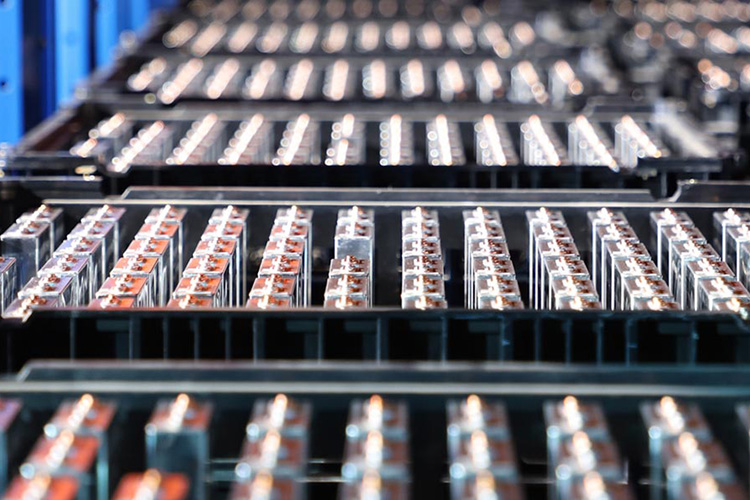-
Home
- About Liduo
- Product Center
- RV lithium battery
- Forklift lithium battery
- Wall mounted lithium battery
- Golf cart lithium battery
- Server rack battery
- lithium iron phosphate battery
- Solution
-
Portable battery
-
Power battery
-
Energy storage battery
-
Server battery
-
Special batteries
-
Household energy storage
- OEM Services
- R&D
- News

 Information center
Information centerFrom lead to lithium: Technological innovation and future prospects of lithium batteries
2025-03-21With the increasingly severe energy crisis and the enhancement of environmental protection awareness, the new battery technology with high efficiency and low pollution has become a hot spot pursued by researchers around the world. In this context, lithium batteries, with their advantages of high energy density, long cycle life and environmental friendliness, have gradually replaced traditional lead-acid batteries and become the darling of electric vehicles and renewable energy storage. This article will explore the technological evolution from lead-acid batteries to lithium batteries, and the future development trend of lithium batteries.
History and limitations of lead-acid batteries
As a mature energy storage technology, lead-acid batteries have been widely used in automotive starting, lighting and ignition systems since the end of the 19th century. However, their low energy density, short service life, and serious environmental impact during production and recycling make lead-acid batteries inadequate in the face of emerging electric vehicles and large-scale energy storage needs.The rise of lithium batteries
In contrast, the emergence of lithium batteries is undoubtedly a revolution in battery technology. As the lightest metal element, lithium has extremely high electrochemical activity, which allows lithium batteries to store more electrical energy for the same weight. In addition, lithium batteries have high charge and discharge efficiency, long cycle life, and do not contain heavy metals, and their impact on the environment is far less than that of lead-acid batteries.Technological progress of lithium batteries
With the continuous breakthroughs in material science and manufacturing processes, the performance of lithium batteries continues to improve. For example, through the use of high-nickel ternary materials, silicon-based anode materials and solid electrolytes, the energy density of lithium batteries has been significantly improved, while safety has also been enhanced. Advances in these technologies will also further promote the application of lithium batteries in electric vehicles and large energy storage systems.

Future challenges and development directions of lithium batteries
Although lithium batteries have made remarkable achievements, they still face challenges such as cost, safety and resource sustainability in practical applications. To address these challenges, researchers are exploring new battery materials, improving battery design and manufacturing processes, and developing more efficient recycling technologies. In addition, the research of new battery technologies such as sodium ion batteries and magnesium ion batteries also brings more possibilities to the battery market in the future.The transformation from lead-acid batteries to lithium batteries is not only a leap in battery technology, but also an important milestone in the pursuit of green energy and sustainable development. With the continuous progress of science and technology and the continuous expansion of the market, we have reason to believe that lithium batteries and other new battery technologies will play a more important role in the future energy landscape.
-
About Us
Company Profile History Organizational Honor -
Product Center
Forklift lithium battery Rv lithium battery Wall-mounted lithium battery Golf cart lithium battery -
Solution
Energy storage battery Power battery Server battery -
Know us
News center Contact us -
Contact us
0769-89333805 No. 78, Puxing East Road, Qingxi Town, Dongguan City mg@redwaycn.com
Copyright 2025 Dongguan Liduowei new energy Co., LTDTechnical support:Emore - About Liduo

